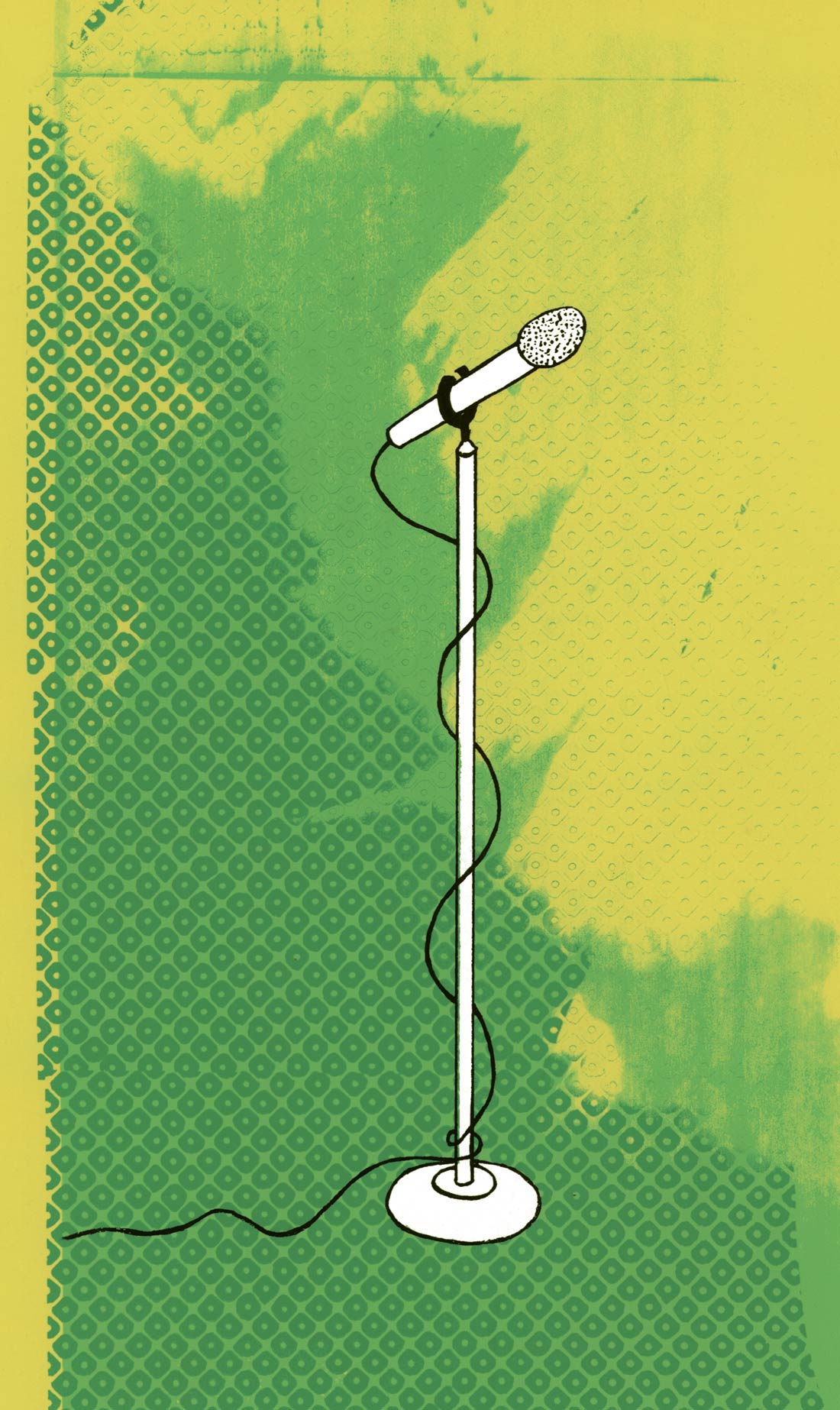Like a lot of midsize studio owners, I have a dilemma. I'm committed to my two inch analog machine, but for a variety of reasons I need to be able to offer my clients a non-linear digital medium and Digidesign's Pro Tools format in particular. But I just don't have the money to keep up with Digi's ever expanding hardware. My solution: inexpensive digital recording systems like M-Audio, MOTU, Metric Halo, etc., combined with software like Logic Audio or Digital Performer and lastly, an inexpensive "home studio" version of Pro Tools. I use my mid-priced multi- channel system to track or transfer from two inch and then import the SDII or AIFF files into Pro Tools for overdubbing and mixing. For a studio of my size, this works fine allowing me to track and overdub on any project with PT compatibility. For lower budgets, the mixing capabilities are more than adequate and the files can be taken to a bigger mix room if necessary. I had previously used the Audiomedia III card with an outboard A to D (to take advantage of the 24 bit SPDIF I/O as opposed to the 18 bit analog I/O) and this worked great. Even clients who've worked in full blown Pro Tools rooms felt like the system worked fine for overdubbing. For lower budget mixes I could run 24 tracks with plug-ins like Channelstrip, RealVerb and several of the Bomb Factory vintage comps without any problems on our dual processor Mac G4. (BTW, these cards should be really cheap on the used market by now). So although this worked fine, the USB interface (Frees up a PCI slot) and true 24 bit compatibility had me very curious to try the MBox. When the unit arrived, the headphone jack on the back had already come unscrewed and the threaded part was too short for the box, so this took a few frustrating minutes to fix. When I first hooked up the unit, all I got was static noise and then no audio at all despite all attempts to get otherwise. The next day, while I was on hold to Digi's tech support the unit started working perfectly. The tech folks were very helpful and explained that in such cases you needed to unplug the USB cable and plug it back in effectively "jump starting" the box. Because my CPU was in another room, I was using a powered USB hub to interface the unit to my Mac. This was a no-no according to Digi, use a dedicated USB line no more than 15 feet long. I was also told to download new drivers and a new version of Pro Tools that should help with this problem. This also cleared up a problem whereby the system would lose clock every 20 minutes or so (not good if you're in the middle of a take) until you 'jump started' the USB cable. But of course you know to always download the latest version of any software you're using, right?
As I could clearly see that my AMIII card had an onboard Motorola DSP chip, I was concerned that the MBox might not have any onboard DSP and would be more sluggish in running plug-ins and handling audio via the much slower (than the PCI bus) USB bus. I tried to open the unit up, (I also wanted to check out the built-in Focusrite mic pres) but it was pretty unserviceable and being a loaner I didn't get very far with it. I was worried about nothing as it turned out. The CPU usage meter with the MBox was about 30% lower than the same song on the AMIII card. My next test was to see how the mic pres sounded and how well the phantom power worked, being powered via USB. A lot of my mic pres have a problem getting phantom power to my Earthworks mics so I thought this would be a good test for the phantom power. They worked fine! I can't say I was blown away by the sound of the pres though. I AB'd them against a Grace 101 pre and the Grace clearly sounded much better in both the midrange and top end detail. According to Focusrite, the MBox pres are from the same lineage as the Trak Master and Control 24 pres, so maybe this isn't a fair test, as the Grace is a few hundred bucks more. Feature wise, the MBox has two inputs, switchable between mic, line or instrument level. Zero latency headphone monitoring is provided. I/O is 24 bit through out with both SPDIF digital I/O in addition to analog I/O. There are also insert points (TRS) for the inputs, a nice touch when tracking. Overall, I have nothing but praise for the MBox. Those of us fortunate enough to have good analog gear can sing the praises of analog and curse the advent of digital recording and Pro Tools, but it's not going away. Pro Tools is a very mature, stable, powerful and easy to use piece of software and again, as an industry standard, it's not going away. The MBox is great for small to mid sized studios and an amazingly low cost, yet powerful option for the home recordist. ($495 list, www.digidesign.com)




_disp_horizontal_bw.jpg)